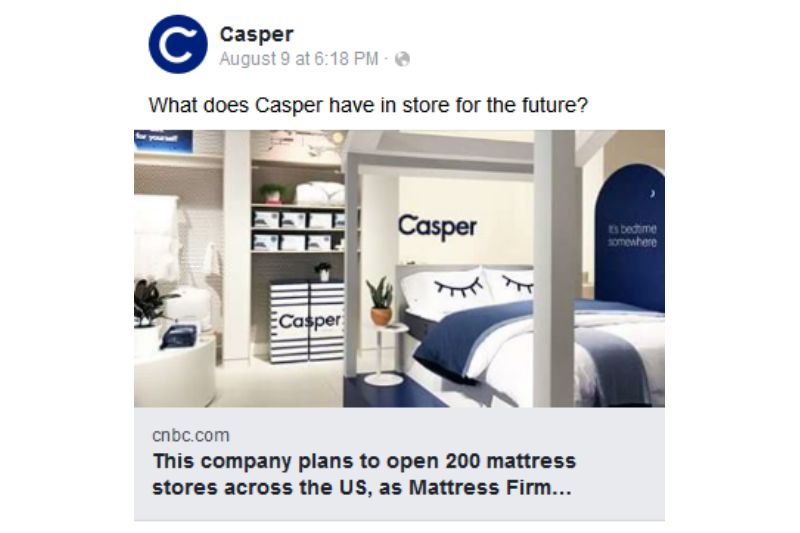Brick by brick: Online retailers open storefronts
With a focus on experience, direct-to-consumer (DTC) companies are opening physical locations where they acquaint consumers with not just products, but also brand image. By translating their digital vibe to the physical world, these companies are giving consumers the memorable experiences they crave.
Dual shoppers
Most consumers shop both online and offline, using the two channels to complement each other. Not only do brick-and-mortar stores satisfy this pattern, but they also serve as advertisements for digitally native brands, complementing digital marketing.
Physical locations also spell increased loyalty and increased sales: A new physical store drives a 37% increase in traffic to a company’s website, according to a recent study by ICSC. The effect is even greater for newly founded brands. Mattress and mattress-accessory company Casper, for one, told Digiday that it sees increased online sales in cities with physical Casper stores.
Given consumers’ negative take on digital ads, that can be a boon to any brand that advertises online. The majority of consumers use tools and techniques to stop online ads from ever reaching them, according to Mintel research on digital advertising. Brick-and-mortar stores—and the buzz around them—offer a way to expose consumers to brands without the risk of being blocked out.
To that end, according to Mintel research on online shopping, companies targeted those under age 44 with airy,  Instagrammable stores that complemented digital storefronts. Casper, for instance, ran paid Facebook ads promoting its physical locations, and glasses and contact-lens retailer Warby Parker showcased its storefronts in display ads.
Instagrammable stores that complemented digital storefronts. Casper, for instance, ran paid Facebook ads promoting its physical locations, and glasses and contact-lens retailer Warby Parker showcased its storefronts in display ads.
Even retail giants, like Amazon, use this trend to drive sales. Amazon encouraged shoppers to do what they already do and shop across channels. For example, the company offered $10 to any shopper who spent $50 in Amazon Books and Amazon 4-Star stores.
Building loyalty through experience
The majority of consumers across age groups prefer to shop at online retailers with physical locations. In person, a company can immerse consumers in the entire brand story and aesthetic, which makes the brand feel special—and which makes consumers more likely to be loyal to it.
Warby Parker made not only its brand but each individual store experience feel special, promoting both on owned social channels. This contrasts with the company’s far-reaching digital footprint, based in part on making glasses accessible.
Casper, on the other hand, didn’t promote individual locations’ unique qualities but instead made all its stores out to be oases, not places where consumers would be sold to. In top-engagement social posts, Casper focused as much on experience as on the mattresses themselves. This could help convince consumers to stop in and, in turn, more likely to buy—all without a direct sales pitch.
Beauty brand Glossier, on the other hand, used social media to include those who couldn’t make it to its stores. A post featuring its stores’ designers, for instance, could help those not in L.A. or New York feel connected to the in-person experience. But that might not have been enough to make the in-person experience feel real to those who haven’t actually had it; the post garnered lower than average engagement.

For these companies, though owned social posts can grab attention with impressive photography, there’s an opportunity to target more with paid Facebook.
What we think
DTC brands can teach companies in other sectors important lessons about the power of experience:
- While the brands featured do compete on price, they compete more heavily on experience. “Concentrating only on price means losing the opportunity to build genuine brand loyalty or give shoppers a reason to enjoy their visit,” according to the Mintel Trend “Experience Is All.” Successful marketing campaigns show aesthetically pleasing physical spaces consumers can’t resist, which, in turn, show them products they can’t resist.
- While experience-based stores work best for products consumers like to try out, like glasses and makeup, they can also work well for products that demand expert advice—especially if that advice can be blended with a lifestyle-enhancing experience, as in Capital One cafes.
- There’s an opportunity for all sectors to use more paid Facebook ads to target based on geography so local consumers are more likely to be aware of physical storefronts.



